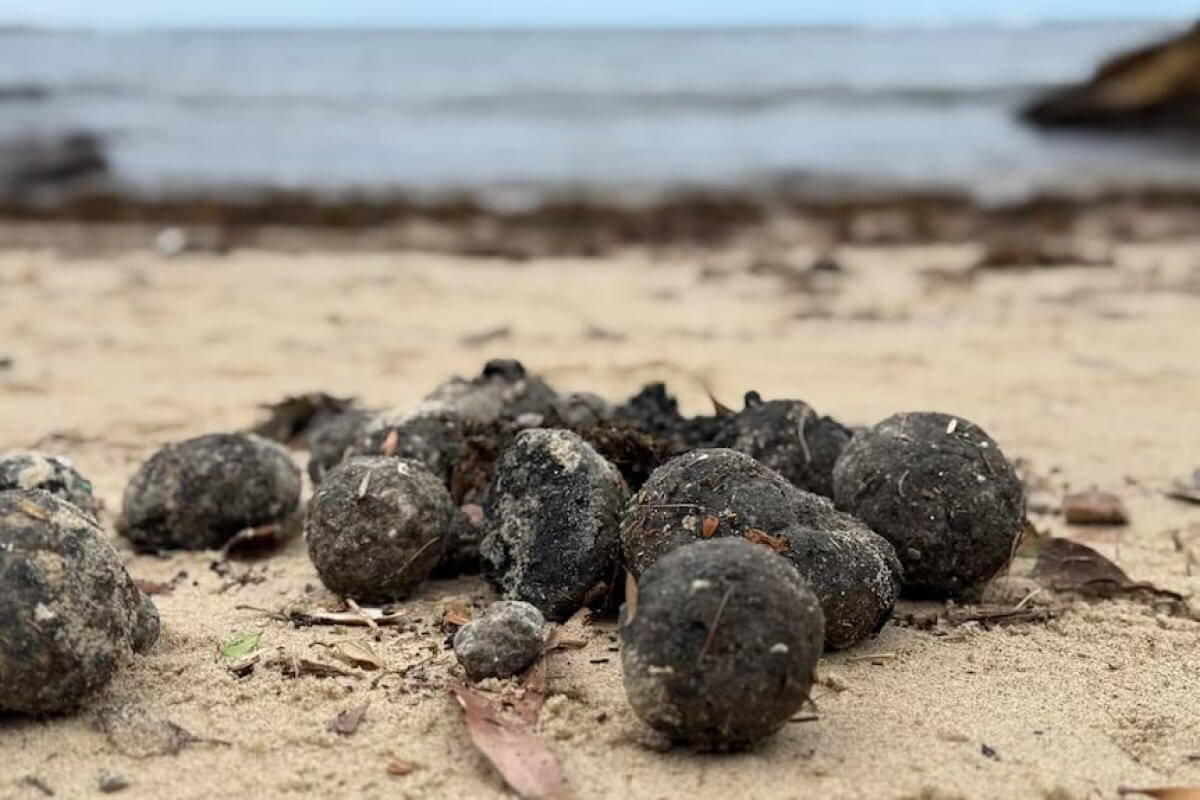The unsettling mystery of black balls washing up on Sydney’s beaches last month has been solved, and the revelation is even more disturbing than initially imagined. These spheres, which initially sparked concerns of an oil spill, have now been identified as “mini fatbergs,” a revolting concoction of human feces, methamphetamine, human hair, fatty acids, and food waste, among other vile substances.
Thousands of these foul-smelling black balls were discovered on seven Sydney beaches, prompting lifeguards to close the affected areas and initiate cleanup efforts. The New South Wales Environment Protection Authority (EPA) issued warnings for locals to stay away from the balls, urging them not to touch or swim near them. Bondi Beach, one of the city’s most iconic beaches, was among the affected areas.
Scientists from the University of New South Wales (UNSW) were tasked with investigating the strange objects. Initial tests suggested the balls were made of unrefined oil, possibly linked to an oil spill. However, further analysis uncovered a far more unpleasant reality—the balls were fatbergs, masses of congealed fats, oils, and other waste materials that typically build up in sewage systems.
Lead investigator Associate Professor Jon Beves described the smell of the fatbergs as “absolutely disgusting” and worse than anything most people could imagine. “They smell worse than anything you’ve ever smelled,” he told affiliate 9News.
Fatbergs are known to clog sewer systems and can be quite dangerous. A particularly massive fatberg in Birmingham, UK, in 2021 weighed 330 tons and caused significant damage. However, the Sydney fatbergs were unique in their composition, containing human waste, drugs, medications, and even food remnants, making them a particularly grim example of pollution.
The origin of the fatbergs remains unknown, though authorities suspect they may have come from a source releasing mixed waste. Possible causes include shipping spills or wastewater outflows, but the complex composition of the balls, combined with their time in the water, has made it difficult for scientists to pinpoint their exact origin.
The discovery has raised further concerns about pollution along Sydney’s coastline, underscoring the need for better waste management practices to prevent such occurrences in the future.


















